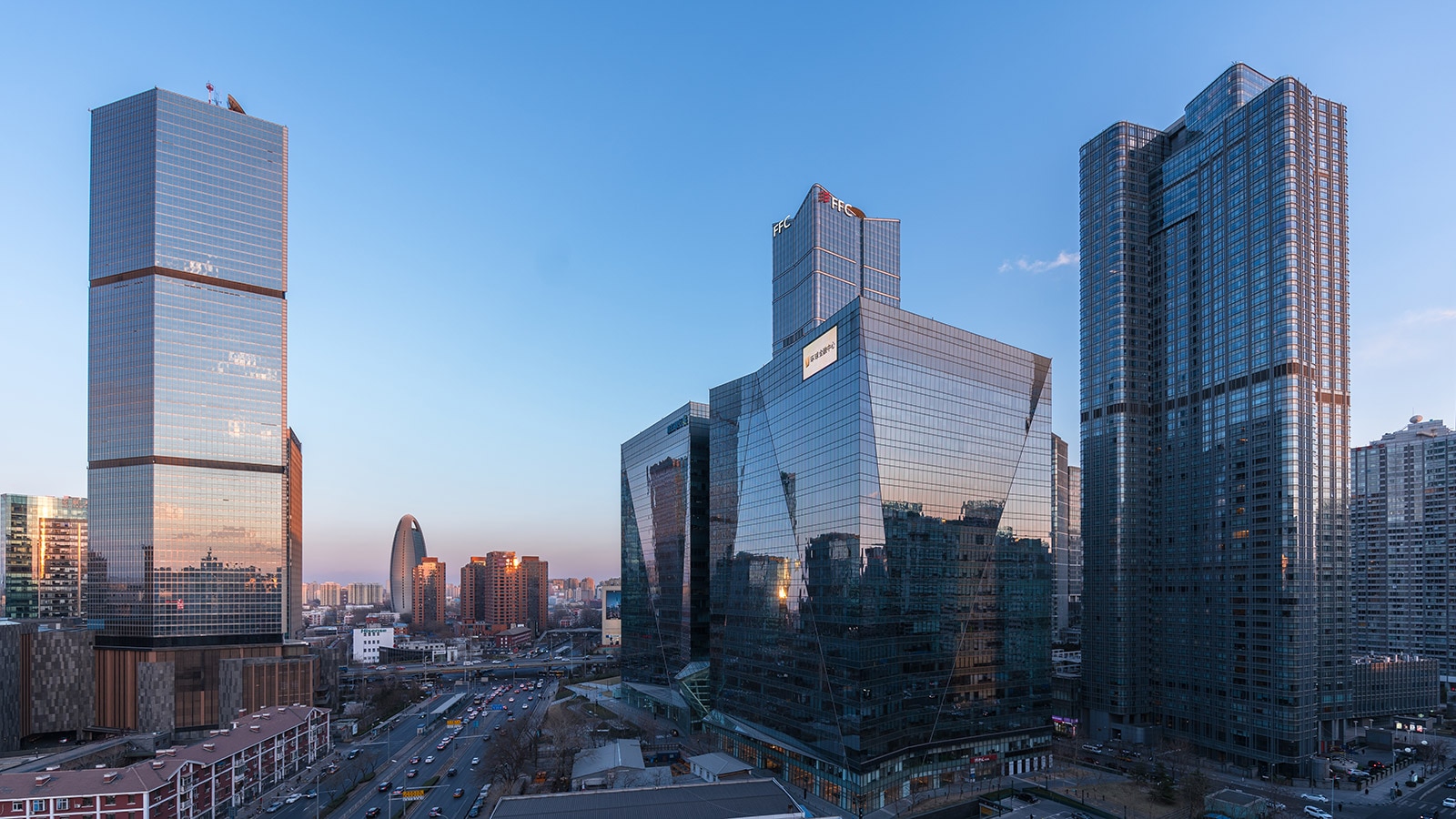Last year, the world’s billionaires’ assets grew by USD 1.4 trillion to USD 8.9 trillion – the most substantial annual increase and the greatest wealth ever. The «Billionaires Insights 2018 – New Visionaries and the Chinese Century» report conducted by PwC and UBS focuses on this staggering growth and analyses the enormous shift of wealth that is predicted for the next generation.
PwC and UBS have continued their analysis of wealth generation and respective emerging trends in their fifth report on billionaires’ wealth. Their report is based on data including 2,158 billionaires from more than 40 countries in the Americas, EMEA and APAC, encompassing approximately 98% of the global billionaire wealth. It takes a close look at billionaires’ changing fortunes and needs.
Billionaires shape the economy and society
Against the backdrop of the fourth industrial revolution and propelled by innovations and new business models, billionaire wealth has reached unprecedented heights. Traditionally, billionaires are created by economic transformation – and economic development in turn is created by billionaires. Billionaires have driven almost 80% of the 40 main breakthrough innovations over the last 40 years. About 70% are technology-related, and 80% of the companies behind them are based in the Americas, 20% in APAC.
Some entrepreneurs have changed the way we live, and their innovations have brought major benefits to society; innovations for which these entrepreneurs have reaped substantial financial benefits. In technology, for example, today’s billionaires are behind the seismic shifts in personal computers, smart phones, the internet and e-commerce, social networking and GPS systems. In medical science, e.g., they have pioneered DNA testing and sequencing/human genome mapping.
Many entrepreneurs are also growing businesses by scaling up existing ones, particularly in Asia’s huge and fast-developing markets such as China, India and Indonesia. An increasing number of people are moving to the cities and more and more are closing the gap to the middle classes. Consumer markets are growing quickly thanks to easy access through e-commerce, thus breaking down physical distances.
The US still has the largest concentration of billionaire wealth, but its growth has slowed. The number of new US billionaires is lower than five years ago. As the momentum slows in the US and Europe, APAC is quickly catching up – most notably China.
Chinese billionaires are different
In 2017, China, the fastest growing billionaire market worldwide, was producing two new billionaires a week. Twelve years ago, the world’s most populous country was home to only 16 billionaires. At the end of 2017, there were 373 – nearly one fifth of the global total. These billionaires – and how they created their wealth – closely reflect China’s astounding economic development. Reflecting successive phases of China’s rapid ascendancy, just three sectors accounted for over half of billionaire wealth at the end of 2017: Real Estate (20%), Technology (19%) and Consumer & Retail (13%). Early in the country’s boom, entrepreneurs made their fortunes in real estate, as people migrated from the countryside to the city. But over the past ten years, activity has switched to the internet and e-commerce. Most recently, there has been growth in other areas of technology such as fintech, biotechnology and artificial intelligence.
Chinese billionaires are self-made entrepreneurs. They are relentlessly innovative and smartly seize new opportunities to make their companies fast-growing, powerful and flexible, true to the idea that those who stand still risk being left behind. Billionaires in China are 55 years old on average, compared with an average age of 64, globally. Chinese entrepreneurs no longer copy products and business models developed in the West. In e-commerce and other areas of technology, they are leading innovators who rapidly disrupt business processes and operations, and easily jump between business sectors. In this sense, China’s billionaires may well be on track to become the perfect entrepreneurs of the future.
In China, turnover is higher than in other regions, which is reflected in the risks an entrepreneur is taking to succeed. In 2017, for instance, 106 Chinese persons became billionaires, mainly through high valuations of IPOs, a total of 51, however, dropped from the billionaires’ list.

APAC billionaires overtake the US in three years
The conditions for wealth creation are excellent, not only in China, but in the entire APAC region. Huge populations and ongoing urbanisation offer the scale for innovative businesses to disrupt inefficient service industries in sectors such as retail and finance.
Asia boasts 814 billionaires across a region that includes China, the developed economies of Japan and Australia, and emerging markets such as India and Indonesia. Almost all of China’s billionaires are self-made. In the remaining APAC, a mere 60% of billionaires are in fact self-made. A total of 177 Asian billionaires were minted over the course of one year, that is a flabbergasting rate of three per week.
This corresponds to a 14% growth rate, twice as much as Europe’s 7%, and three times the rate in the Americas (5%). More than half of the new billionaires worldwide came from APAC. Fuelled by China’s rise, APAC billionaires’ net worth grew by almost a third to UDS 2.7 trillion in 2017, a rate which is likely to make them wealthier than their American peers in less than three years.
The handover of enormous fortunes
Over the next two decades, we are expecting a wealth transition of USD 3.4 trillion worldwide – that is almost 40% of the current total billionaire wealth. So far, this changeover between generations has been happening almost entirely in the Americas and EMEA. Within APAC, India’s high number of elderly billionaires leaves it set for the highest imminent transition, followed by Hong Kong SAR.
These elderly billionaires’ heirs will use their new wealth in new ways. Many of this younger, emerging group are looking to become entrepreneurs in their own right, transforming family businesses into business families. As they are doing so, they are focusing on making an impact on a wider society and, at the same time, they are tackling some of society’s most challenging problems in general. Sustainability and operating in a way that meets highest ethical standards is a must. As one heir says: «We want to have a return but with impact. Our investments should reflect who we are and what we believe in.»
Entrepreneurial families will seek to disrupt philanthropy as much as business on the whole. They will transform the wealth management industry and the way people invest money. The new billionaires will have an impact on society that reaches far beyond the economy.
Would you like to learn more? Download the full report «Billionaires Insights 2018».
Key findings
- In 2017, China was producing two new billionaires a week, and Asia more than three.
- Chinese billionaires’ wealth increased by 39% to USD 1.12 trillion; APAC billionaires’ wealth grew by 32%.
- In the US, wealth increased by 12%, at a far lower rate than the average global rate, but still boasts the biggest wealth concentration from the tech industry.
- Currency appreciation saw European billionaires’ wealth grow by 19%, but the number of billionaires rose by just 4%.






